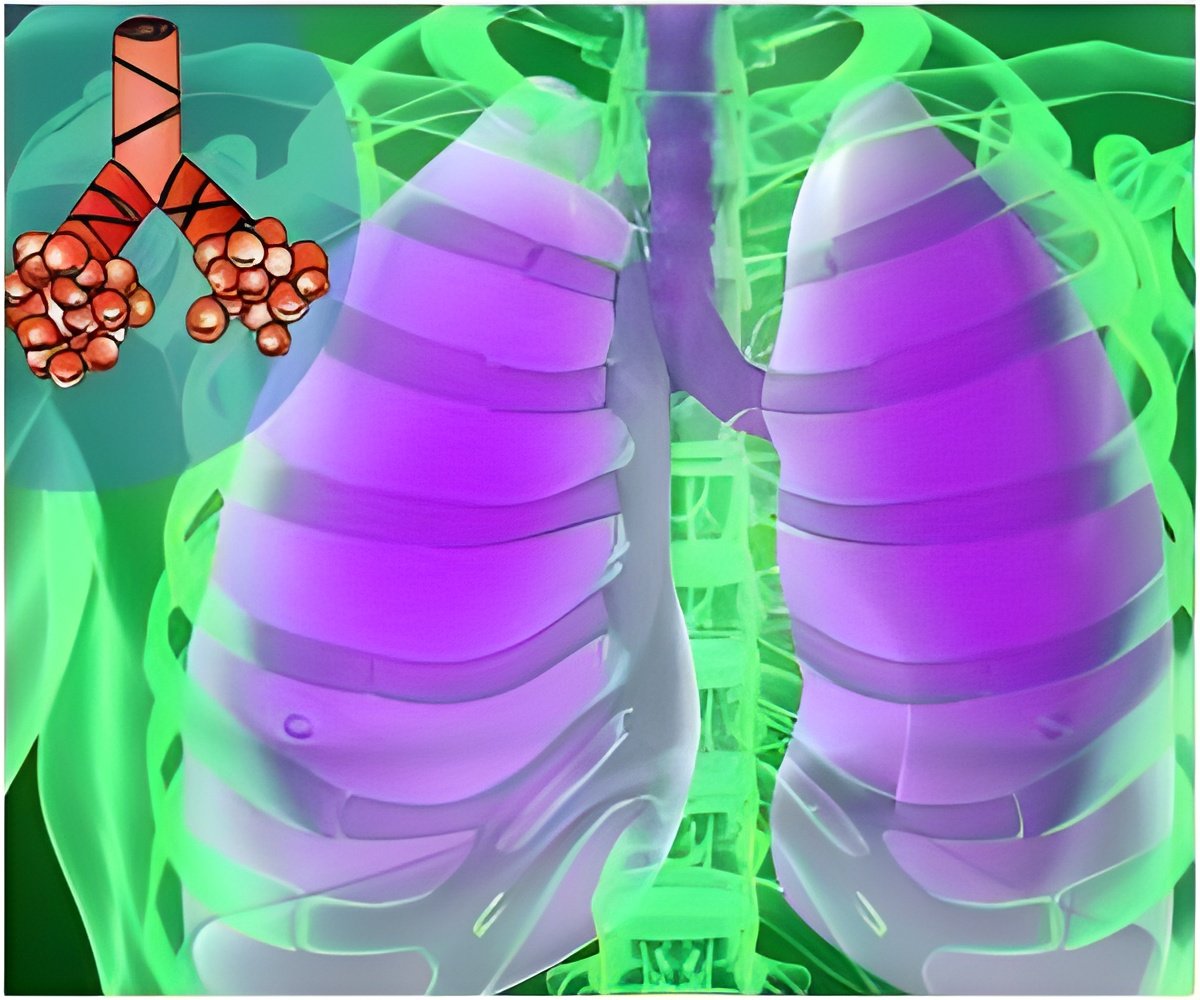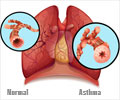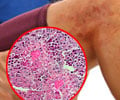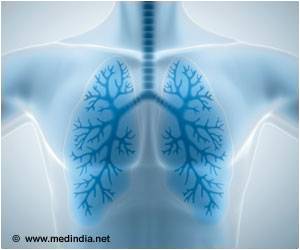Mechanism contributing to hyperresponsive (overreactive) of the airways to various types of stimuli in asthma is finally discovered.

‘Asthma also allows the airways to become hyperresponsive (overreactive) to various types of stimuli, such as cold air, physical exertion, and chemicals. A new mechanism that contributes to, and explains, airway hyperresponsiveness is finally discovered. The discovery demonstrates the efficacy of pre-existing drugs and the role of mast cells in rapidly responding to various stimuli that contributes to airway hyperresponsiveness.
’





Asthma is said to impact 300 million people globally. The global asthma treatment market size stood at over $18 billion US in 2019. It is commonly diagnosed using a "methacholine test" that helps determine whether a person is showing signs of airway hyperresponsiveness. Methacholine binds to muscarinic receptors in the smooth muscle cells lining the inside of the trachea. These muscle cells then begin to contract, causing constriction of the trachea.
Hyperresponsiveness Mechanism During Asthma
To find the airway hyperresponsiveness induced by methacholine, the study team utilized a mouse model of asthma, where the mice were made allergic to house dust mites. It was found that the “mast cells” contribute to airway hyperresponsiveness by having a receptor that recognizes methacholine: muscarinic receptor-3 (M3).
When methacholine binds M3, the mast cells release serotonin. This then acts on nerve cells, which in turn control the airways. Thereafter, the airways produce acetylcholine, which also acts on M3 in smooth muscle cells and makes the trachea contract even more. A vicious cycle is underway.
Advertisement
The discovery demonstrates the efficacy of existing drugs like tiotropium, that was previously thought to work solely by blocking M3 in smooth muscle. Thus the drugs are probably also efficacious because they prevent activation through M3 in mast cells.
Advertisement
Source-Medindia















